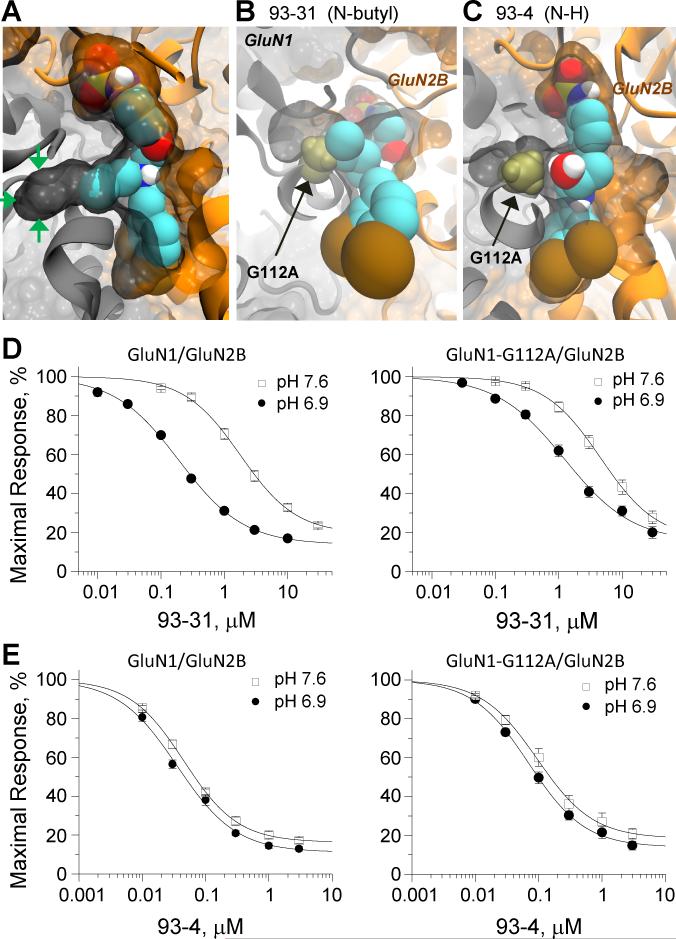Figure 3. Exploitation of a GluN1 tunnel at the ATD heterodimer interface by 93-31.
A. Spacefill illustration of the tunnel entering into GluN1 (green arrows) with an induced fit docked pose of 93-31 showing that the n-butyl substituent on the chain nitrogen protrudes into and fills this space. B. Occlusion of the GluN1 tunnel by the mutation GluN1(G112A), shown as a bronze spacefill, clashes with the n-butyl group of 93-31 in this docked pose. C. The GluN1(G112A) mutation, shown as a bronze spacefill, does not interact with docked pose of 93-4, which lacks any substituent on the chain nitrogen. The bi-chlorophenyl ring is at bottom. D,E. Concentration effect curves for 93-31 (D) or 93-4 (E) inhibition of GluN1/GluN2B (left panel) and GluN1(G112A)/GluN2B (right panel) responses in oocytes. See text for fitted IC50 values. See also Figure S2.

